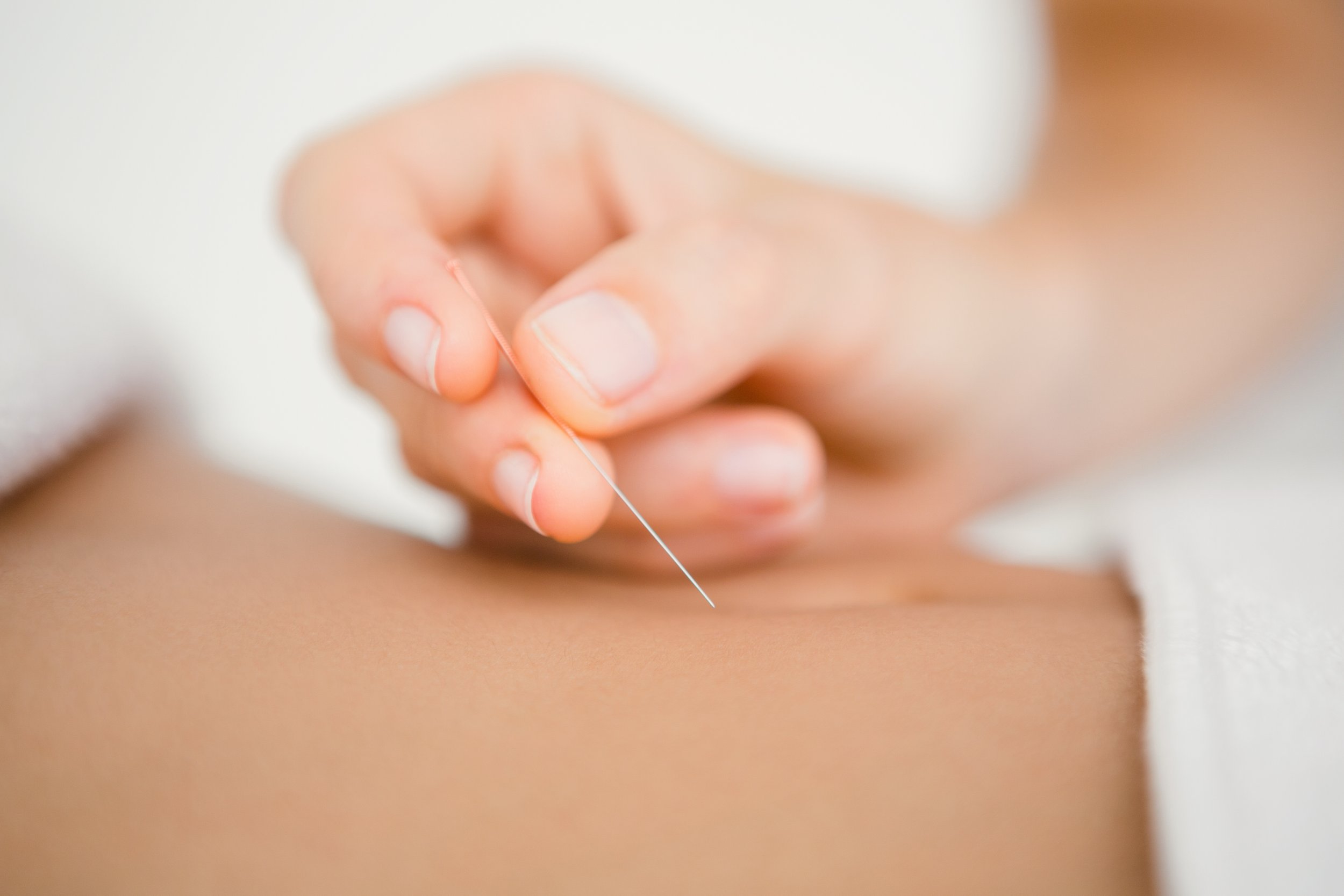Dry Needling vs. Acupuncture: Understanding the Difference
If you’ve ever received or heard of “dry needling,” you might wonder how it differs from acupuncture. While both involve inserting thin needles into the body, the training, philosophy, and effectiveness behind these techniques are vastly different.
Dry needling is often performed by physical therapists or other healthcare providers with minimal training—sometimes as little as a weekend course. It primarily targets trigger points, or “knots,” in muscles, using a mechanical approach to relieve tension. However, without comprehensive training in needling techniques or a deep understanding of the body’s interconnected systems, the results can be inconsistent and, in some cases, risky.
Acupuncture, on the other hand, is an ancient, refined practice requiring years of education and clinical experience. Licensed acupuncturists undergo thousands of hours of training in diagnosis, needle technique, and classical theory, including the acupuncture sinew channels—an essential system that governs pain and movement. By addressing not only local pain but also its underlying causes, acupuncture provides a more holistic, long-lasting solution.
Choosing a licensed acupuncturist ensures you receive care from a professional with deep expertise, safe needling techniques, and a comprehensive understanding of how to restore balance in the body. If you’re seeking effective, lasting pain relief, acupuncture offers a superior approach rooted in both tradition and science.


